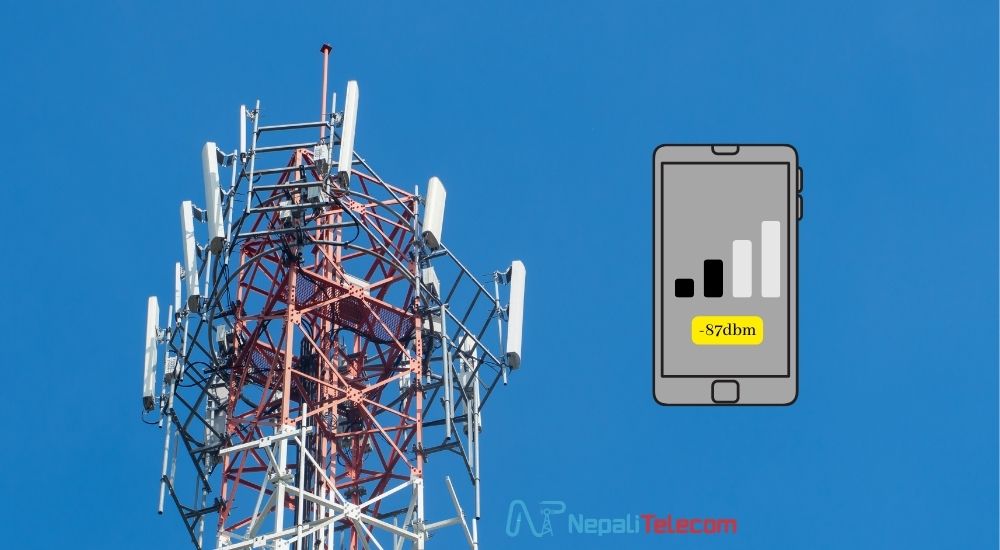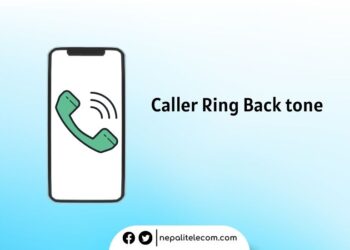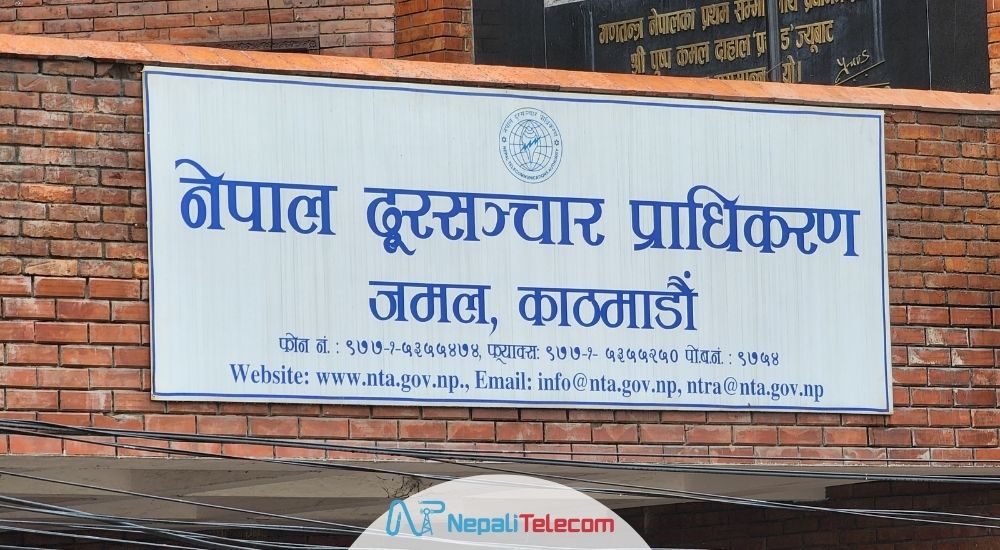Telecom regulator NTA has set a minimum signal level for mobile coverage. The authority expects the latest criteria to improve mobile services from operators across Nepal, as stated in QoS measurement through Drive test of the NTA Bylaw for telecom service quality.
Mobile service by operators has often fallen short of desired standards by the regulators. In a series of drive tests by NTA, Ntc, Ncell, and Smart Cell couldn’t reach the minimum criteria the regulator has set for performance.
From Call success rate to Setup time to Call block and Drop rate, all the operators mostly came short. This reflects the poor service on the mobile subscriber’s end.
Do read: Reasons of Mobile network outages and what to do?
This was the case in the last drive test by NTA even around Kathmandu, the nation’s capital. We can suppose how underwhelming mobile service must be in other parts of the country.
To alleviate such degrading mobile performance, the regulator NTA has set a new range of criteria for mobile signals.
The regulator set new minimum measurements on the received power signal level after the Board meeting on Chaitra 11. Also read: Why do three mobile technologies (2G, 3G, 4G) coexist?
How much signal received level is required for good coverage?
“With new criteria in place, all mobile operators must be set to new specifications, Ambar Sthapit,” NTA director says. The companies must ensure that their system meets the new signal level set by the regulator from cell towers to users’ mobile phones.
“So far no minimum Rx Level standards were in existence. But after studying the worldwide industry practice, we announced the new criteria for telecom companies in Nepal. We have fixed how much received signal level is required to make calls”, Sthapit added.
The standards will apply to all the cellular standards from 2G, 3G, and 4G. For 5G, NTA will introduce separate threshold later.
| NTA’s criteria/Threshold | Received signal | Minimum Signal Level for Coverage |
| 2G | Rx level | -82 dBm |
| 3G | RSCP | -87 dBm |
| 4G | RSRP | -95 dBm |
In its performance monitoring, the results were very discrepant. They often saw indiscriminate measurement and system upgrades was seen as an option. Besides, different areas drew different signal levels. The minimum standards will ensure a uniform performance level on all networks for mobile consumers.
Check: Mobile network signs and their meaning
NTA has determined separate received signal standards for 2G, 3G, and 4G networks. For 2G, it has set -82 dBm and above on the outdoor coverage threshold. Similarly, for 3G, the telco must ensure that the network gets at least -87 dBm or a better Rx level.
As for 4G, the minimum Rx level threshold for outdoor coverage is set at -95dbm. When 5G begins in Nepal, NTA will also determine a signal level for the network.
Check out: How to get a good mobile signal level?
Have you ever choked on the minimum mobile signal level in Nepal? Do they need a minor improvement or they are abject sluggish? Do share with us in the comments below.













